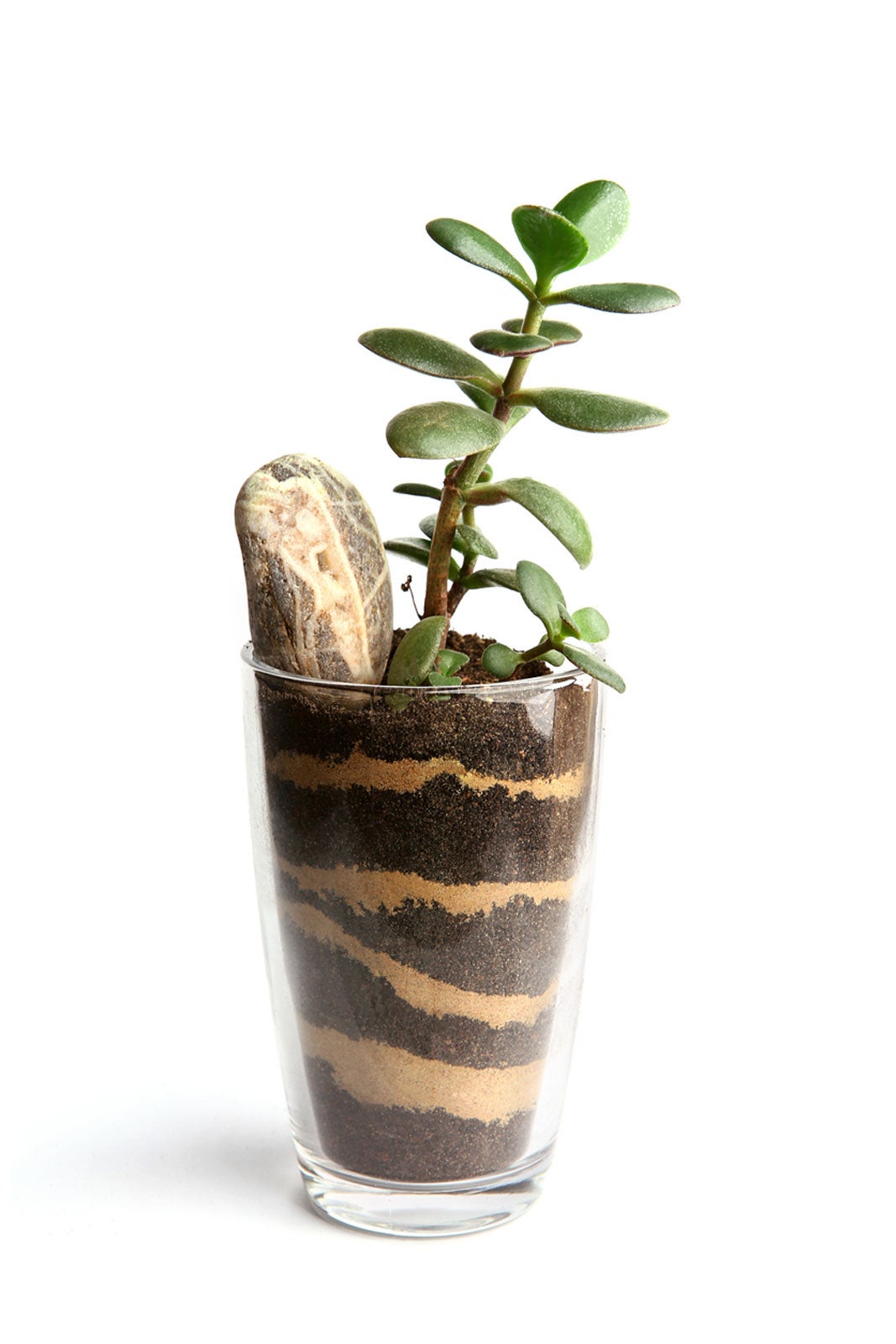What Is Horticultural Sand: How To Use Sand For Plants


What is horticultural sand? Basically, horticultural sand for plants serves one basic purpose. It improves soil drainage. This is critical for healthy plant growth. If soil is poorly drained, it becomes saturated. Roots that are deprived of oxygen soon die. Take a look at the following information and learn when to use horticultural sand.
What is Horticultural Sand?
Horticultural sand is very gritty sand made from substances such as crushed granite, quartz, or sandstone. Horticultural sand for plants is often known as sharp sand, coarse sand, or quartz sand. Usually when used for plants, sand consists of both large and small particles.
If you have difficulty finding horticultural sand, you can substitute horticultural grit or builder's sand. Although the substances may not be exactly the same, all can be used to improve soil drainage. Builder's sand will probably save you some money if you’re improving a large area.
When to Use Horticultural Sand
When and why use horticultural sand? Follow these suggestions:
- Planting seeds and taking cuttings: Horticultural sand is often mixed with compost or peat to create a soilless rooting medium that drains well. The loose structure of the mixture is beneficial for germination and for rooting cuttings.
- Potting mix for container growing: Garden soil isn’t suitable for container growing, as it quickly becomes compacted and brick-like. When water can’t drain, the roots suffocate, and the plant dies. A mixture of compost or peat and horticultural sand is an ideal environment. Many plants do well with a combination of one part horticultural sand to two parts peat or compost, while cactus and succulents generally prefer a grittier 50/50 mix. A thin layer of sand on top of the potting mix is also beneficial for many plants.
- Loosening heavy soil: Improving heavy clay soil is difficult but sand can make the soil more porous so that drainage is improved, and roots have a chance to penetrate. If your soil is heavy clay, spread several inches (8 cm.) of horticultural sand over the top, then dig it into the top 9 to 10 inches (23-25 cm.) of soil. This is a difficult task. To make a significant improvement, you would need to incorporate enough sand to equal about half of the total soil volume.
- Improving lawn health: Lawn grass in poorly drained soil can become hard and waterlogged, especially in rainy climates. One way to mitigate this problem is to rake horticultural sand into holes you have punched into the lawn with an aerator. If your lawn is small, you can create holes with a pitchfork or rake.
How is Horticultural Sand Different?
Horticultural sand for plants is very different from the sand in your child’s sandbox or at your favorite beach. Sandbox sand has smaller particles, which are smooth and substantially less gritty. As a result, it generally does more harm than good because it hardens quickly and prevents water from permeating through to plant roots.
Gardening tips, videos, info and more delivered right to your inbox!
Sign up for the Gardening Know How newsletter today and receive a free copy of our e-book "How to Grow Delicious Tomatoes".

A Credentialed Garden Writer, Mary H. Dyer was with Gardening Know How in the very beginning, publishing articles as early as 2007.